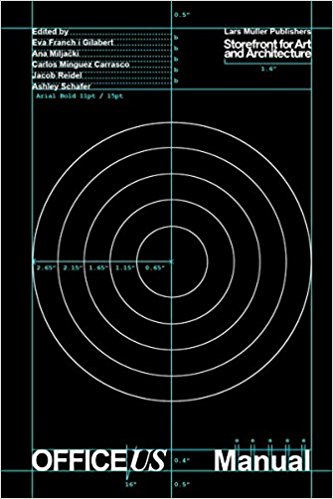“Armrest” appears early on in The Arsenal of Exclusion & Inclusion (Actar). The encyclopedic volume by Tobias Armborst, Daniel D’Oca, and Georgeen Theodore with Riley Gold (plus contributions from a host of architecture, urbanism, and planning notables) begins with “Accessory Dwelling Unit” and ends with “Youth Curfew,” but it is the armrest placed on a public bench to ward off unsanctioned sleeping that most efficiently summarizes what’s at stake throughout this 459-page book: access, control, and space.
As the three partners of Interboro—a Brooklyn-based architecture, planning, and research collective—Armborst, D’Oca, and Theodore are well versed in the contentious history of urban design and policy in U.S. cities. They manage to strike an editorial tone that is forthright but not strident. If anything, it is a bit self-effacing in regard to the legacy of urbanism’s discourses past and present. “For many nascent urbanists, this is where it all begins, with an excerpt from Mike Davis’s City of Quartz and an ensuing epiphany about space and power,” they write in a sidebar to the “Armrest” entry, all too aware that their example could be, in their term, “hackneyed.” Still, the trio stays with the lesson. Read More …
